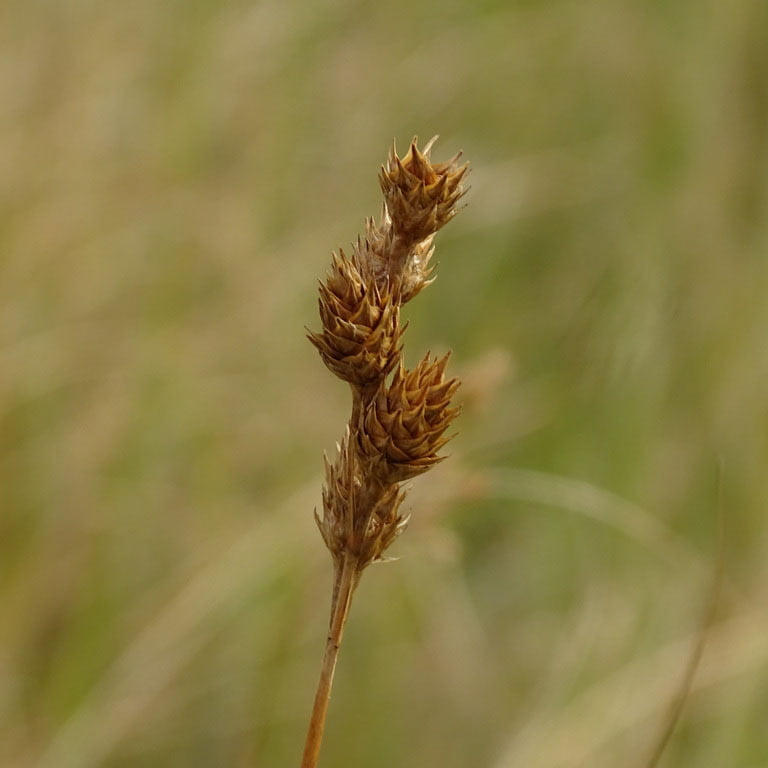Carex brevior
Plains oval sedge Description:
Carex brevior, commonly known as shortbeak sedge, is a cool-season, perennial grass species native to North America. It is a wetland species that typically grows in marshes, bogs, and swamps.
Shortbeak sedge is an ornamental grass that can grow up to 40 inches tall and has attractive, arching foliage. It provides valuable wildlife habitat, supporting a variety of insects, birds, and small mammals. The grass is also useful for soil stabilization, erosion control, and wetland restoration projects.
Carex brevior is a hardy and adaptable grass species that can tolerate a wide range of growing conditions, including both wet and dry soil. It is commonly used in landscaping applications, where it is valued for its attractive appearance and versatility.
Overall, Carex brevior is an important and versatile grass species that provides valuable ecological and landscaping benefits, particularly in wetland areas. It is well-suited to a range of ecological restoration and management applications, including soil stabilization, erosion control, and reclamation.
Native Range:
Plains oval sedge is found growing across most of the continental United States with the exception of the far Southwestern states and a few states in the Southeast.
Standard Plant Information:
Plant height: 12" - 40" inches
Fruiting time: June - July
Preferred habitat: Does well in full sun with dry sandy soil. Often found in prairies, savannas, rock outcrops, grassy slopes, and dunes.
Sowing:
For most homeowners, the best option is to scatter seed on the ground by hand broadcasting at a minimum of 15-16 pls lbs per acre. For even coverage, we recommend that you broadcast seed in perpendicular rows across the site to ensure even coverage.
Planting:
Simply dig a hole in the soil slightly larger than the plant’s roots. Ensure that the soil line of the plant is maintained during the transfer (i.e. the plant should be at the same level with the ground as it was in the pot). Pack any loose dirt back around the plant and make sure you water it well the same day to ensure it has the best chance of survival.







